Reportar esta entrada
Más sobre la misma comunidad-colección
Poodle Dog Barber Shop (barbería de perro caniche) alrededor de 1910
This is the interior of the Poodle Dog Barber Shop, at 318 San ...
Consulado General de México - Mini Digie
Opening Reception - June 28, 2016 - 12:00pm Mini Digie will ...
Gran apertura - Star City Studio Productions (Producciones estudio ciudad estrella) - 2016
Grand Opening - Star City Studio Productions - 2016 - Poster - ...
Conocer y saludar en el Polo Real fiesta en Ben Bridge Jewelers (joyería)
Jim Murphy a spectator and Bernie Sargent enjoying the ambiance ...
Star City Studio Productions (producciones estudio ciudad estrella) - 2016
Star City Studio Productions - 2016
Star City Studio Productions (producciones estudio ciudad estrella) - 2016
Star City Studio Productions - 2016
Star City Studio Productions (producciones estudio ciudad estrella) - 2016
Star City Studio Productions - 2016
Star City Studio Productions (producciones estudio ciudad estrella) - 2016
Star City Studio Productions - 2016
Star City Studio Productions (producciones estudio ciudad estrella) - 2016
Star City Studio Productions - 2016 - image of the studio.
Molina Healthcare (cuidado de salud) evento mantente caliente
Molina Healthcare distribution of gloves, socks and blankets ...
Molina Healthcare Helping Hands (Molina cuidado de salud manos que ayudan) y Dr. Cleo
April 23, 2016 First Book Distribution Family Festival at ...
Invitados en la fiesta de bienvenida en la joyería Ben Bridge Jewelers
Guests at the meet and Greet Party at Ben Bridge Jewelers
Invitadas en la fiesta de bienvenida en la joyería Ben Bridge Jewelers
Guests at the meet and Greet Party at Ben Bridge Jewelers
Una invitada en la fiesta de bienvenida en la joyería Ben Bridge Jewelers
A guest at the Polo Real Meet and Greet Party at Ben Bridge ...
Invitados en la fiesta de bienvenida en la joyería Ben Bridge Jewelers
Guests at the meet and Greet Party at Ben Bridge Jewelers

















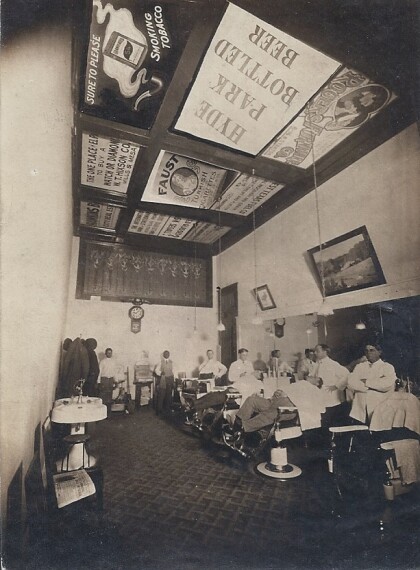


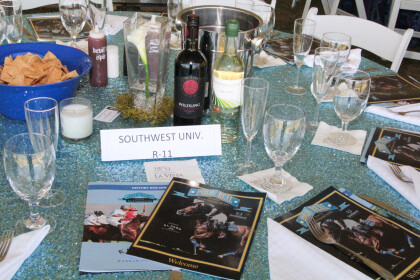
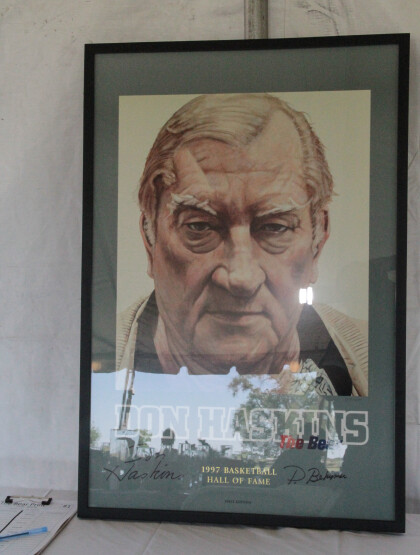
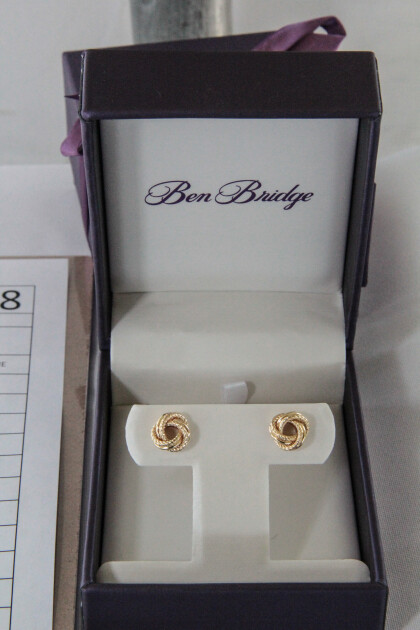

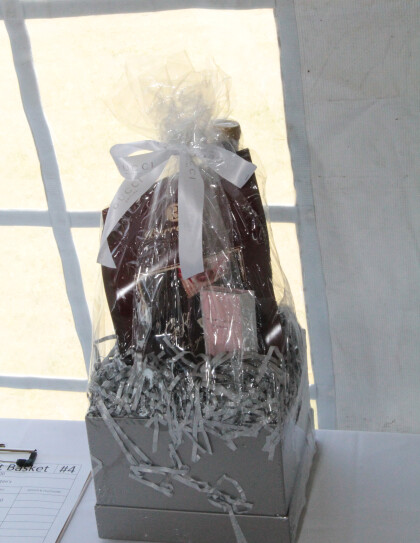

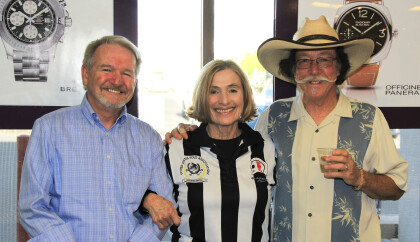
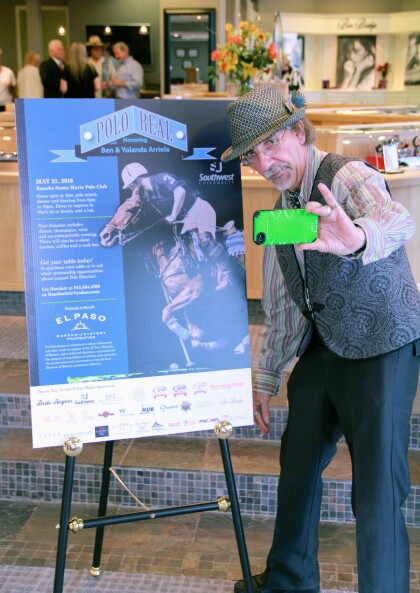
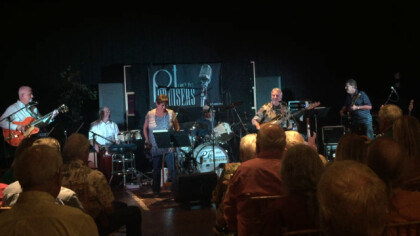
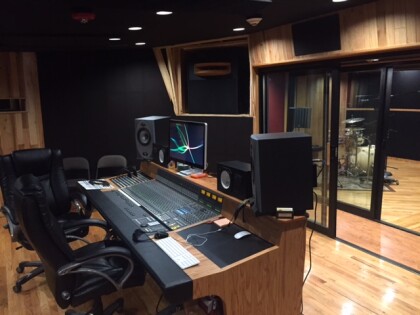
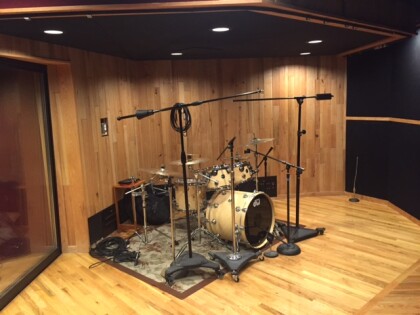

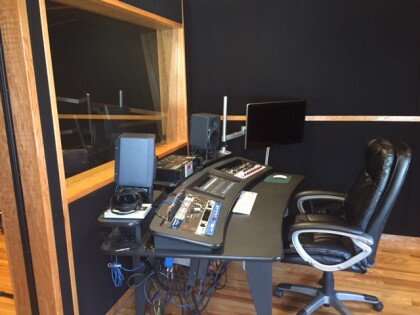






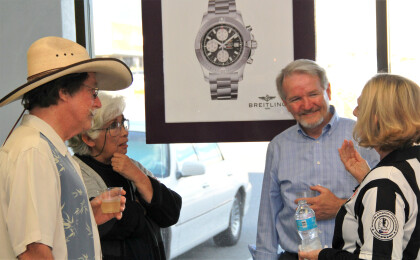
Comentarios
Hacer un comentario